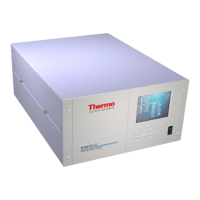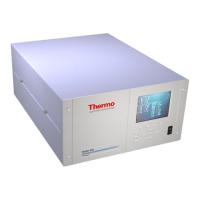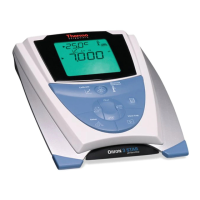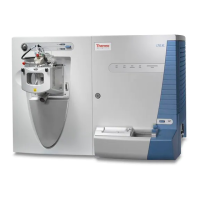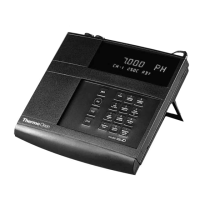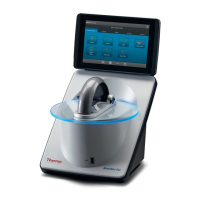
Do you have a question about the Thermo NanoDrop One and is the answer not in the manual?
| Wavelength Range | 190-850 nm |
|---|---|
| Pathlength | 1 mm and 0.2 mm (Auto-ranging) |
| Detection Limit | 2 ng/µL (dsDNA) |
| Light Source | Xenon flash lamp |
| Maximum Concentration | 15, 000 ng/µL (dsDNA) |
| Detector | 2048-element linear silicon CCD array |
| Measurement Time | < 5 seconds |
| Weight | 2.0 kg (4.4 lbs) |
| Nucleic Acid Quantitation | Yes |
| Protein Quantitation | Yes |
| Display | 7-inch capacitive touch screen |
| Sample Volume | 1-2 μL |
| Absorbance Precision | ±0.002 A |
| Operating Voltage | 100 to 240 V AC |
| Dimensions (W x D x H) | 20 cm x 25 cm x 15 cm (8 in. x 10 in. x 6 in.) |
| Software | Thermo Scientific™ software |
| Connectivity | USB, Ethernet, Wi-Fi |
| Operating Temperature | 15 - 35°C |
| Dimensions | 20 cm x 25 cm x 15 cm (8 in. x 10 in. x 6 in.) |
| Absorbance Range | 0 - 550 A (10 mm equivalent) |
Details the available NanoDrop One models and their key specifications.
Instructions for registering the instrument to receive software updates and notifications.
Guide for downloading and installing the latest NanoDrop One software for the instrument.
Provides lower and upper detection limits and typical reproducibility for various sample types.
Quantifies purified double-stranded or single-stranded DNA/RNA, reporting concentration and purity ratios.
Measures protein concentration using absorbance at 280 nm, useful for proteins with tryptophan or tyrosine.
Determines total protein concentration using bicinchoninic acid colorimetric detection.
Monitors microbial cell culture growth by measuring optical density at 600 nm.
Functions as a conventional spectrophotometer, displaying absorbance across UV and visible spectrum.
Performs time-based kinetic measurements using cuvettes on NanoDrop OneC instruments.
Explains the surface tension-based sample retention system for micro-volume measurements.
Overview of fundamental operations like Home Screen, Measurement Screens, Data Viewer, and General Operations.
Details the companion software for managing, viewing, and analyzing data acquired with the instrument.
Outlines daily, periodic, and bi-annual maintenance tasks to ensure instrument performance.
Provides procedures for cleaning and reconditioning the instrument pedestals for optimal measurements.
Describes performance and quality checks to verify instrument operation every six months.
Presents safety symbols and their meanings to ensure safe operation and handling.
Lists essential precautions to prevent instrument damage and ensure safe usage.
